Test standards for antimicrobials
Products that have incorporated LIFE’s antimicrobial treatments can be tested for efficacy against bacteria, fungi and algae.
The two most well-established methods are zone of inhibition testing and percent bacterial reduction testing:
Qualitative Zone of inhibition
The test sample is placed in Petri dishes where a specific micro-organism is cultivated with the right nutrients, temperature, and humidity conditions. After some time, the high number of micro-organisms forms a visible \”lawn\” of organisms. If the sample being tested exhibits strong efficacy against the test organism, a zone of inhibition appears around the sample, and the average radius of this zone is reported in millimeters. If the sample fails to display a zone of inhibition, the laboratory checks for inhibition under the sample, which indicates weaker efficacy. If there is no such inhibition under the sample, the sample has no antimicrobial treatment effect.
Below are the Petri dishes samples that demonstrate this qualitative method and the effectiveness of LIFE antimicrobial treatments against specific examples of bacteria, fungi, and algae.
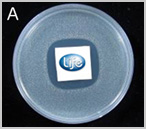
Sample with LIFE
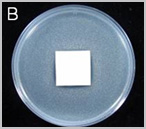
Sample without LIFE
Bacteria
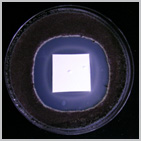
Sample with LIFE
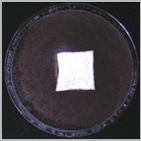
Sample without LIFE
fungi
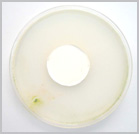
Sample with LIFE
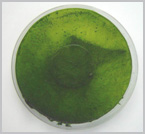
Sample without LIFE
Algae
Quantitative Percent bacterial reduction testing
A known number of a specific bacteria are placed on product samples with and without LIFE’s antibacterial treatment incorporated and are inoculated at 37°C for a period of 24 hours. After this time, the number of bacteria on the treated surface is counted and compared with the number of bacteria on the untreated sample. Normally, a reduction in bacteria of 99% or more can be observed on the LIFE treated product compared with the control sample.
